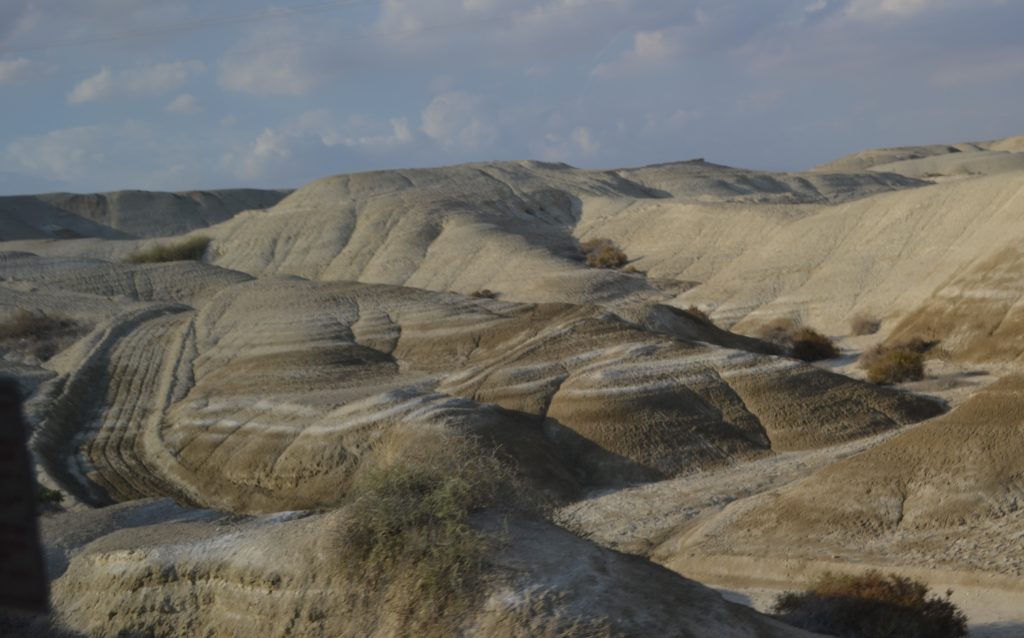
We were about a half an hour’s drive from the city of Jerusalem when we noticed the exquisite geology of our surroundings. Feeling as though we had arrived at the Badlands of the Dakotas, our motor coach pulled over along the desolate highway. Without another car in sight, we exited the bus into the dust and followed our guide, archaeologist Mark Ziese.
Deep beneath the chasm lies a stream that remains one of the largest sources of running water for the Judean Desert. Israel declared sections of Wadi Qelt (Wadi means dry riverbed) as a protected area known as the Ein Prat Nature Reserve. This gorge attracts many local and foreign hikers with its springs, pools and gorgeous waterfalls, while repellers are challenged by the steep cliff faces throughout the valley.
Ancient civilizations have inhabited this area since antiquity. Throughout the hike are ancient Roman aqueducts dating back to the Hasmonean period (2nd century BC) that delivered water from the Prat Stream to Jericho, the oldest city in the world. The trail is believed to have been the route that Jesus referenced in his parable of the Good Samaritan (Luke 10:25 – 37), while others claim it to be the Psalm 23 “valley of the shadow of death”.
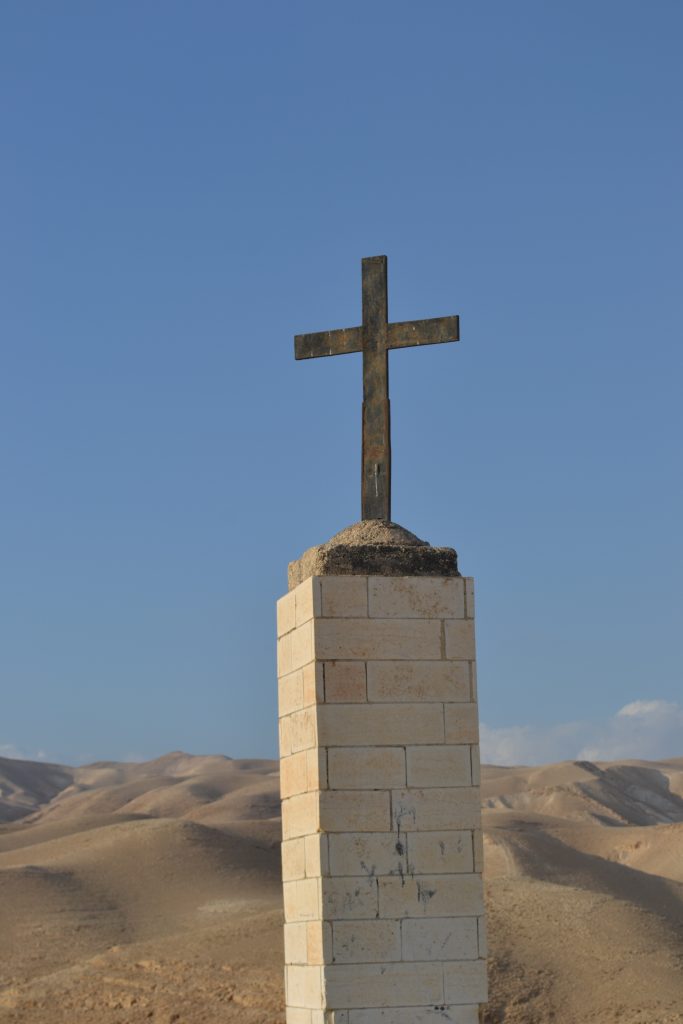
Carefully balancing ourselves over a series of smooth rocks we arrived at the lone cross we noticed in the distance. Vendors had set up a table of arts and crafts offering great prices while we seemed to be standing in the middle of nowhere. It was late in the afternoon and the sun was exceptionally bright.
It is hard to believe that this was once the main thoroughfare which ran between Jericho and Jerusalem. A popular road to the Holy City, it was used by most everyone during the time of Jewish festivals and feasts. Settlements which date back to the time of Jesus also include monasteries, palaces and deserted ancient communities.
The Wadi has been associated with Perath, a biblical site that was mentioned in the Old Testament book of Jeremiah, “And the word of the Lord came unto me the second time, saying: ‘Take the girdle that thou hast gotten, which is upon thy loins, and arise, go to Perath, and hide it there in a cleft of the rock.’ So I went, and hid it in Perath, as the Lord commanded me.” (Jeremiah 13:3-5)
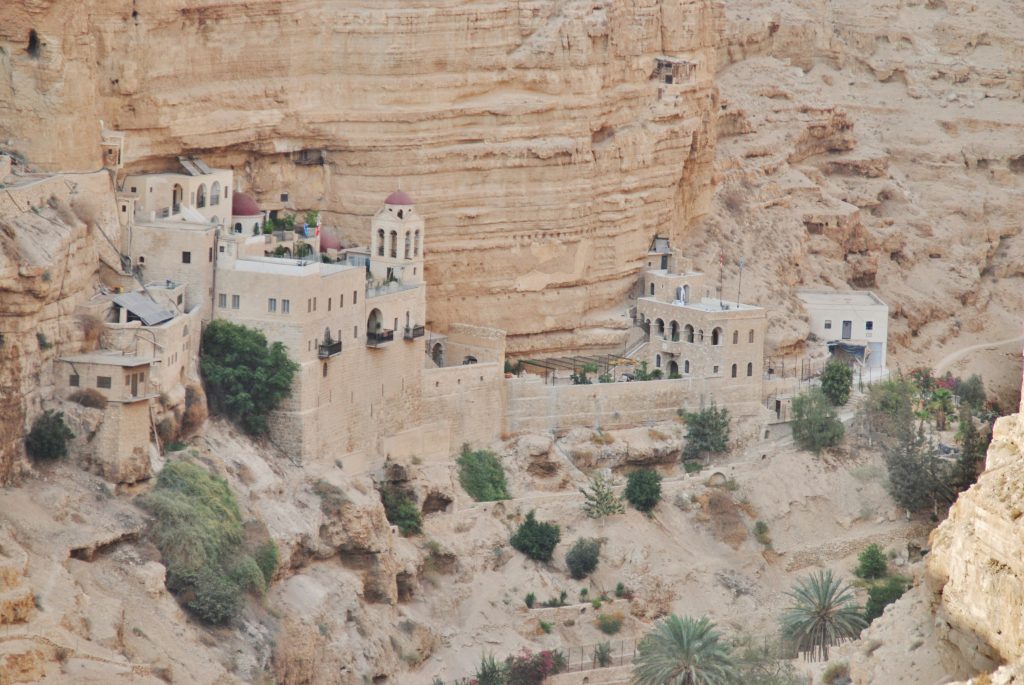
As we reached the memorial overlooking the deep valley of Wadi Qelt, we noticed a gorgeous structure built within the stone, St. George’s Monastery, one of three monasteries within the canyon. Growing beneath the complex is one of the most luxurious gardens that includes olive and cypress trees. Clinging to the cliffside, the Byzantine structure was a meeting place for the nearby hermits who had inhabited the caves from the early days of Christianity.
Founded by John of Thebes (Egypt) in the fifth century AD, it was associated with Saint Gorgias of Coziba. He believed it was the cave where Elijah was fed by ravens as told in I Kings 17:5 – 6. The monastery was rebuilt during the Crusader Period after the Persians had destroyed it in the 7th century, but was once again abandoned until 1878 when Kalinikos, a monk from Greece completed its restoration in 1901. In 1952, the bell tower was added.
The monastery welcomes visitors and is known for its generous hospitality.
While we did not hike the Wadi Qelt nor visit the monastery, seeing the beauty of this place instilled in me a longing to return, so I booked a return trip to Israel for the summer of 2022.
Have you visited Wadi Qelt, hiked the trail or visited the monastery? I would love to hear about your experience if you would kindly leave a message in the comments section below. Many thanks for reading about our quick stop to view the Wadi Qelt and wishing you many Happy Travels.
What to See and What to Do:
St. George’s Monastery
Wadi Qelt,
West Bank, Jerusalem, Israel
Telephone: +052 5399075
- Admission Fee: There is no charge to visit the monastery, but donations are accepted.
- Hours: Summer (April-September) daily 8 AM-5 PM; Winter (October-March) daily 8 AM-4 PM; Last entrance one hour before closing time. On Fridays and holidays eves the reserve closes one hour earlier that the above. The gate is locked when the site closes; vehicles may be removed only the next day.
- Amenities: Historical and religious sites, restrooms, hiking, water, guided tours by reservation
- Scenic View: Beautiful hiking scenery with lush valleys;
- Length of Visit: 3 – 4 hours
- Travel Tip: Call the monastery in advance to arrange a visit The hike to the top is extremely difficult and takes about 10 minutes. You can also hire one of the Bedouins who will take you up to the site by donkey.
Where to Stay:
The Olive Tree Hotel, Royal Plaza Jerusalem
23 St. George Street
Jerusalem, Israel
Telephone: 972 2 5410410
Where to Eat:
The Olive Tree Hotel, Royal Plaza Jerusalem
23 St. George Street
Jerusalem, Israel
Telephone: 972 2 5410410
The Olive Tree Hotel has an amazing buffet provided for dinner with a well-rounded offering of Israeli dishes and world-wide cuisine.
What to Eat:
- Kubbeh is similar to falafal in that it is served in a ball but made with meat and spices then deep fried.
- Manqusheh is similar to pizza made with flatbread topped with olive oil and spice (usually za’atar which is similar to thyme)
- Ka’ak is a large pretzel like pastry that is usually eaten at breakfast time. Crunchy on the outside and soft on the inside, they are readily available at bakeries and roadside stalls.
- Potato swirls are similar to french fries, cut and deep fried.
- Qatayef is a pancake-style dessert stuffed with cheese, nuts or sugar and spices and are popular during the Ramadan holiday
- Kunafeh is a pastry similar to baklava covered in syrup and cheese
What to Read:
- Khirbet Khizeh by S. Y. Yizhar
- The Hilltop, by Assaf Gavron
- Dancing Arabs by Sayed Kashua
- The People of Forever are Not Afraid, by Shani Boianjiu
- Five Seasons, by A.B. Yehoshua
- Twenty-One Stories by S. Y. Agnon
- Suddenly, A Knock on the Door by Etgar Keret
- Apples from the Desert, by Savyon Liebrecht
- From the Four Winds, by Haim Sabato
- To the End of the Land, by David Grossman
- A Tale of Love and Darkness, by Amos Oz
Photo Guide for Israel:
- The Western Wall for a religious experience
- Jaffa’s Old Town for its charm
- The Dead Sea for its interesting topography
- Caesarea Harbor and its Roman architecture and history are worth a visit
- Arbel National Park and Nature Reserve provides a phenomenal view of the Sea of Galilee
- The Church of the Holy Sepulchre in Old City Jerusalem is said to be the burial location of Jesus
- The view of the Temple Mount from the Mount of Olives
Disclosure: Please refer to our blog disclaimer tab for more information.
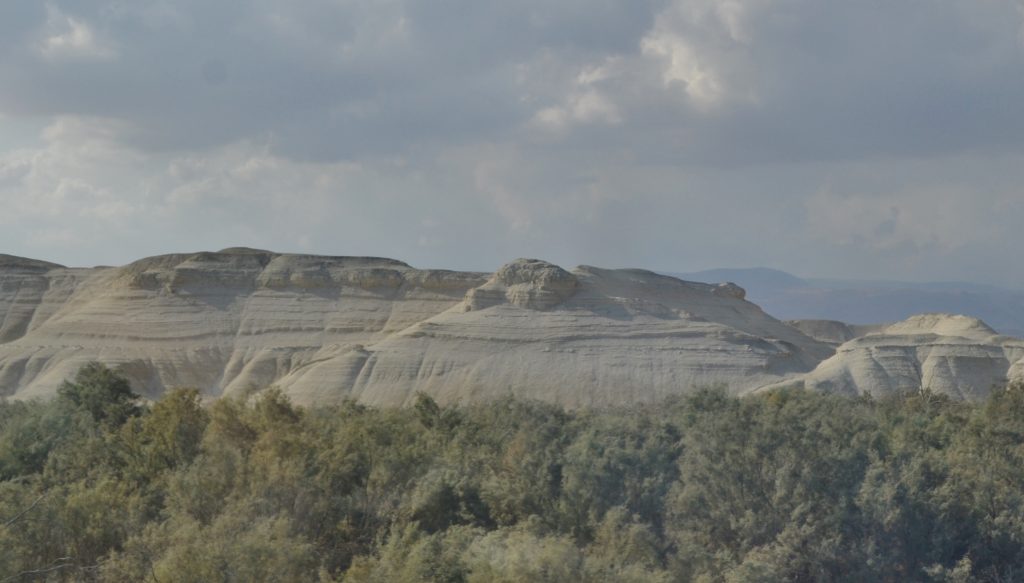
Extraordinary Geology of Israel
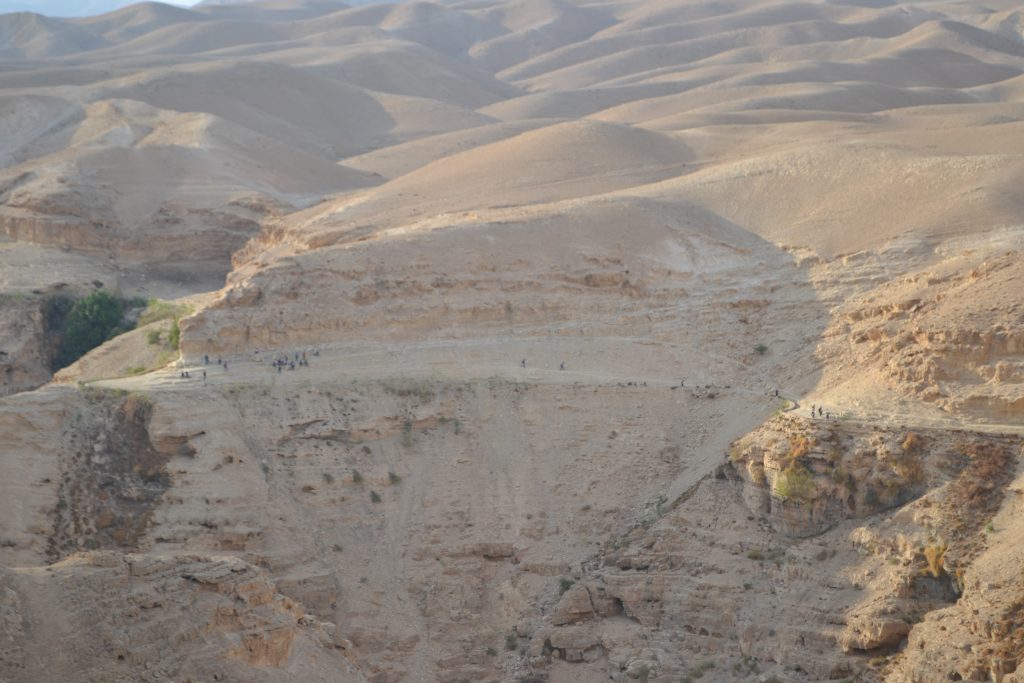
Hikers Preparing to Reach the Monastery
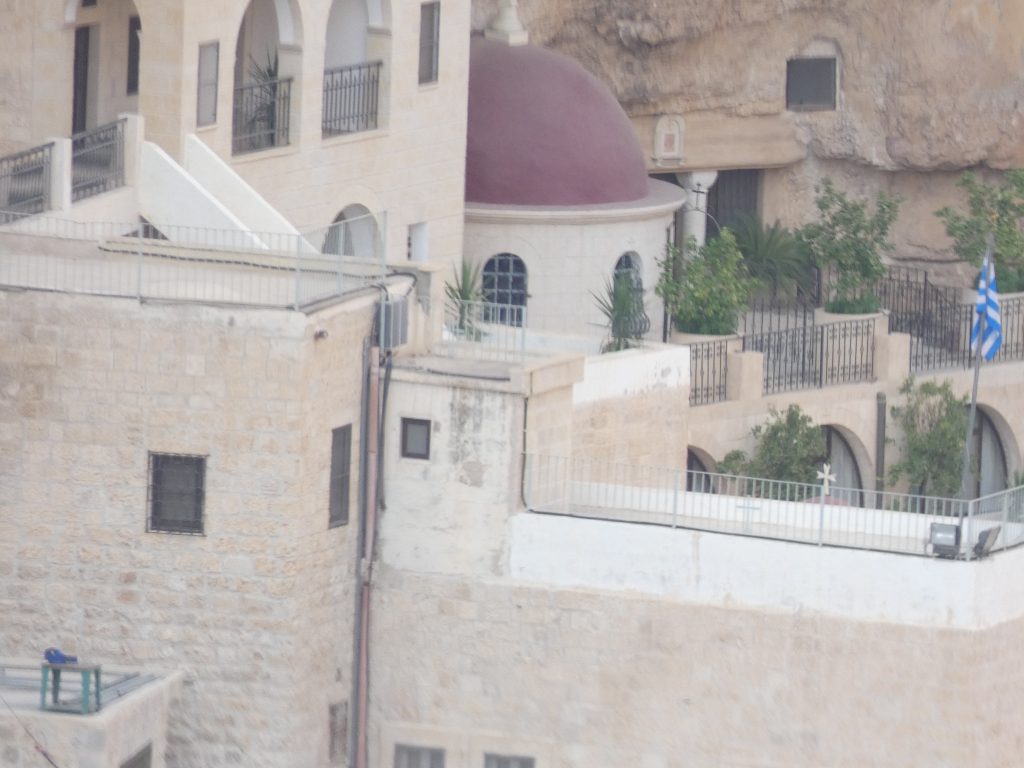
A Closer Look at the Monastery
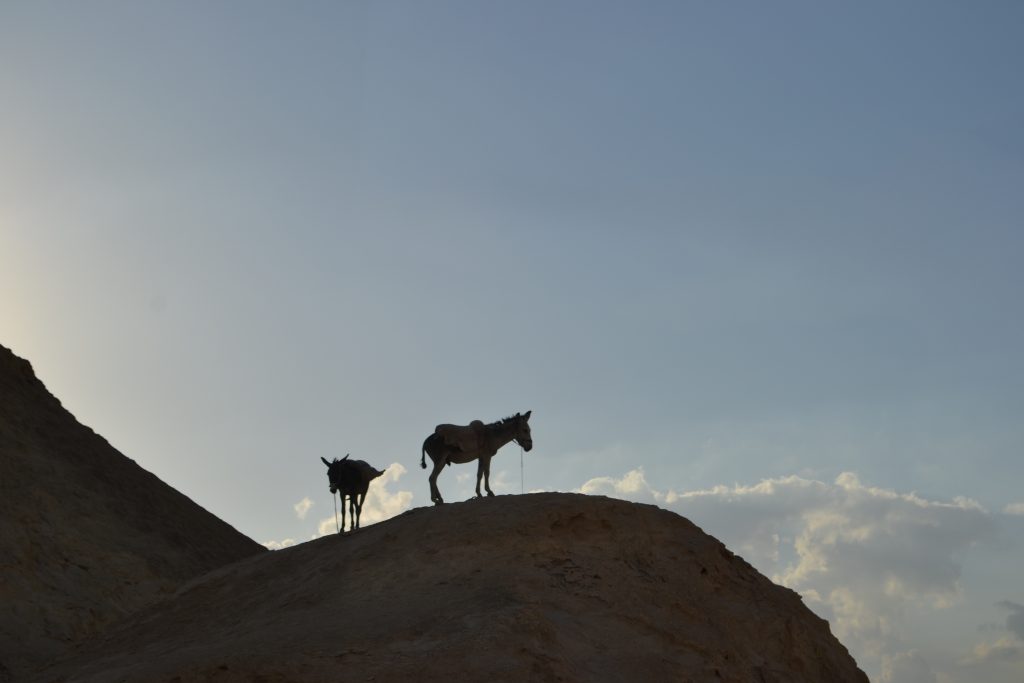
Donkeys on a Hill